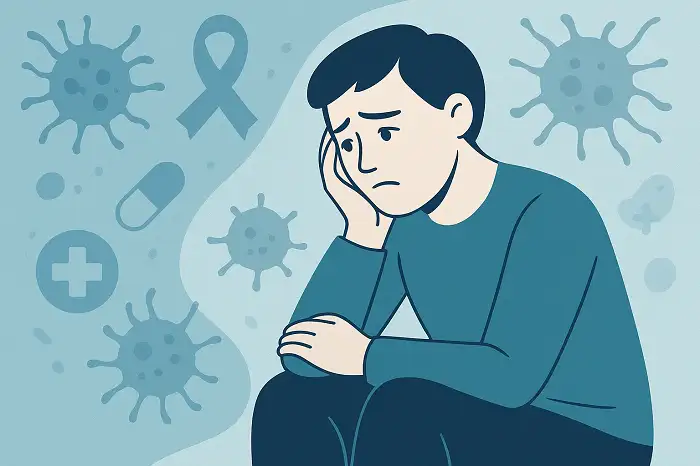IELTS Listening Practice Air Pollution IELTS Listening Practice Air Pollution About this activity This activity is labeled round table by Dr. Hariri, the creator and administrator of LELB Society. This activity is on the premise of Flipped Learning, according to which the students watch a video before the class, carry out research into the selected theme, and prepare themselves for an informed discussion in the class. This activity is on the basis of both synchronous and asynchronous computer-mediated communication (CMC), according to which the students are also encouraged to be active even before the class. In this flipped classroom activity, the students are encouraged to utilize the comment form at the bottom of the post to to exchange their questions, findings, and experiences with each ...
Home » Listening Practice in English » IELTS Listening Practice Air Pollution

IELTS Listening Practice Air Pollution
Updated: by Dr. Mohammad Hossein Hariri Asl
Time to Read: 4 minutes | 433 Views | 39 Comments on IELTS Listening Practice Air Pollution
Share This Post
About the Author
Dr. Mohammad Hossein Hariri Asl is an English and Persian instructor, educator, researcher, inventor, published author, blogger, SEO expert, website developer, entrepreneur, and the creator of LELB Society. He's got a PhD in TEFL (Teaching English as a Foreign Language).
Number of Posts: 4242



16. Have you noticed any misspelled word in the video? [Time 0:48]
I do appreciate your particular attention.
I just noticed the plural form of gas, which could be either gases or gasses.
15. Is global warming related to air pollution?
As a matter of fact, air pollution can definitely cause global warming.
14. What are the two categories of smog?
Smog is an example of blending composed of smoke and fog.
Did you know that the word smog is the result of combining the words smoke and fog?
It was very interesting for me ?. Thanks so much .
You’re most welcome. ?
13. What are the underlying causes of air pollution?
12. How air pollution results from agriculture ?
Welcome! Glad to see you among us in this academic activity.
Corrections:
How does air pollution result from agriculture?
11. What is the cycle which takes shape because of air pollution?
I wonder whether you’re talking about inversion in air or not.
10. What are the natural sources of air pollution?
Saturated volumes of carbon dioxide and some other toxic gases in the air especially when the weather gest cold.
9. What are the harmful effects of smog?
It could cause serious illnesses in humans, such as lung cancer, cardiovascular disease, premature aging, and others.
1. What are the solutions for reducing air pollution?
This is question No. 8.
I am sorry for that. When I started watching the video, there was not any questions there. 😉
That’s OK. 🙂
Almost a restatement of question No. 6.
7. How does air pollution cause to increase temperature?
How does air pollution increase / lead to an increase in the temperature?
6. What should we do to decrease air pollution?
Using public transport instead of private cars and vehicles is just one solution to diminishing and controlling air pollution in large cities.
5. What toxic pollution are?
It must be toxic pollutants.
4. What are the green house gases?
Thanks for raising this question about air pollution and environment protection, which is thoroughly relevant.
3. How are sulfur-conyaining gases produce?
Corrections:
How are sulfur-conyaining gases produced?
Do you mean sulfur-containing gases?
Arash, you must be right. I just copied and pasted Sayeh’s term, thinking that it must be a technical term in chemistry because Sayeh is a professional chemist. We will ask her about that. Thank you.
2. What is a smog of photo chemistry?
Such a technical question about our environment and air pollution! Thank you.
1. What sources of air pollution are?
Corrections:
What are the sources of air pollution?